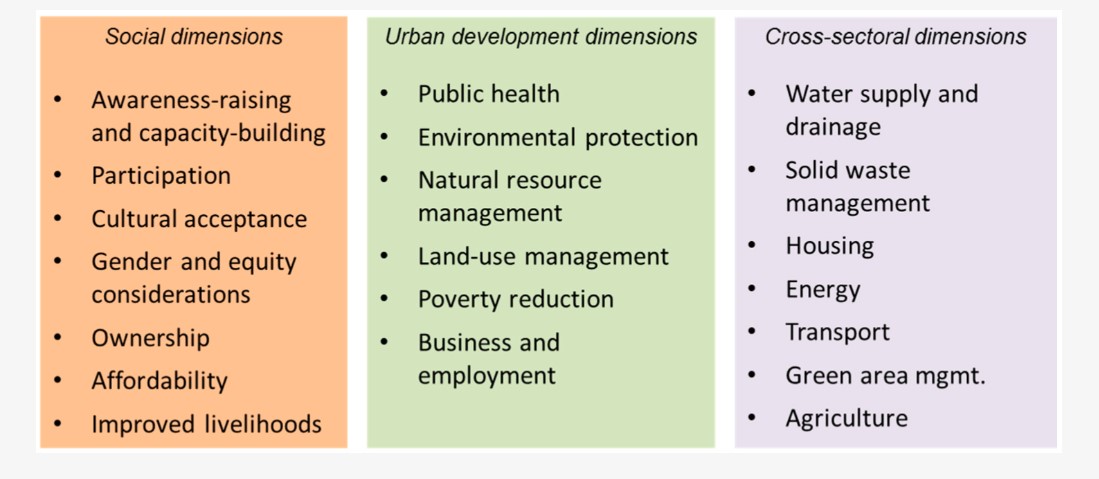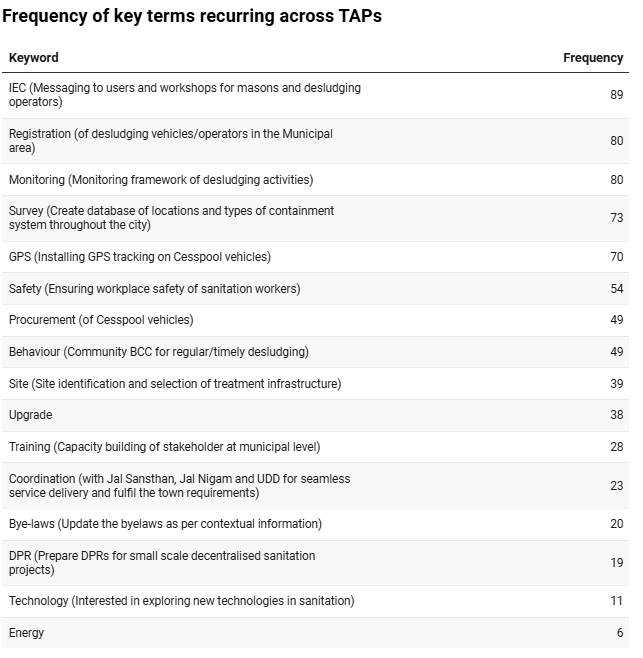7667766266
enquiry@shankarias.in
Mains: GS I - Urbanization, their problems and their remedies
Recently, nearly 100 Urban Local Bodies (ULB), in uttarakhand , prepared their first structured town action plans (TAP) for faecal sludge, septage and used water management during district-wise workshops conducted by think tank National Institute of Urban Affairs (NIUA).



Down To Earth| 100 Town Action Plan